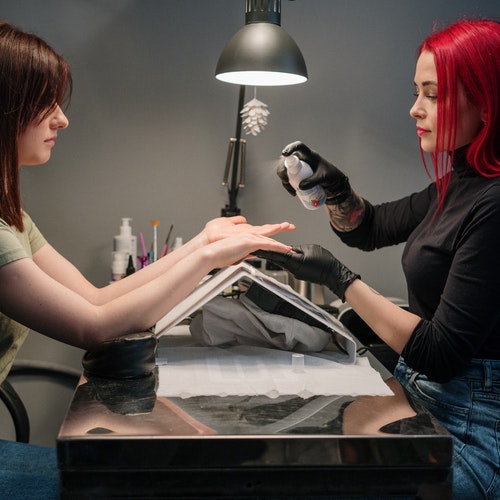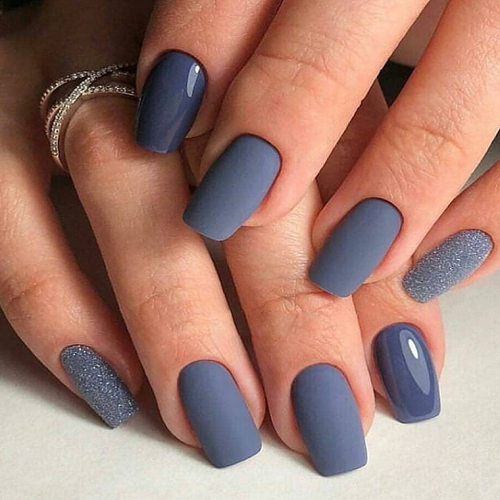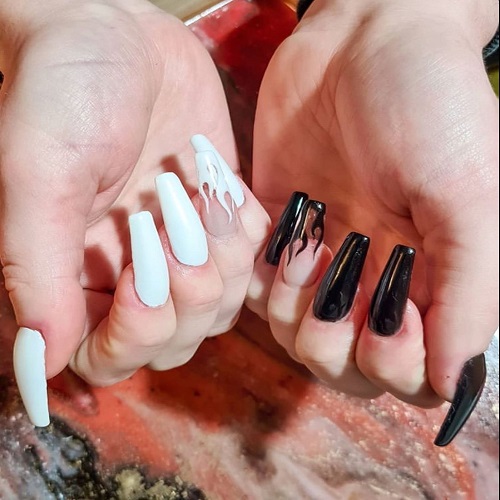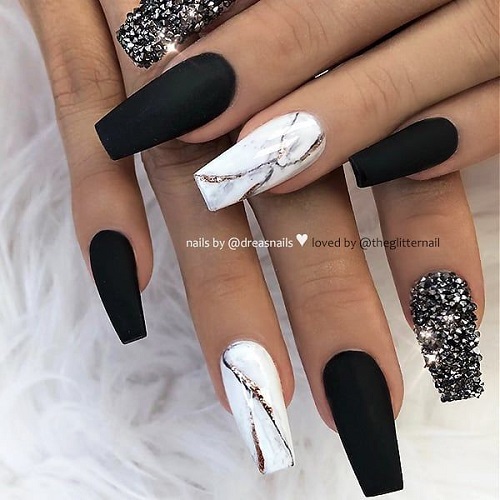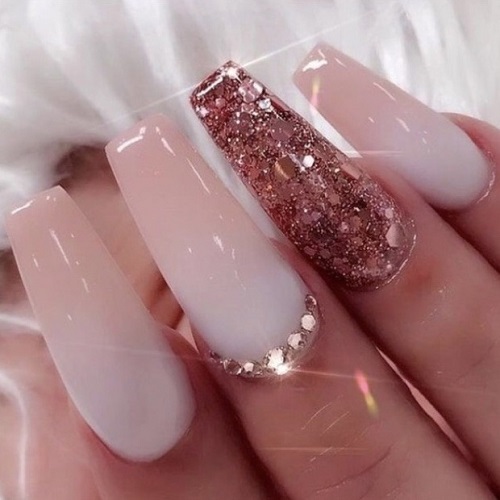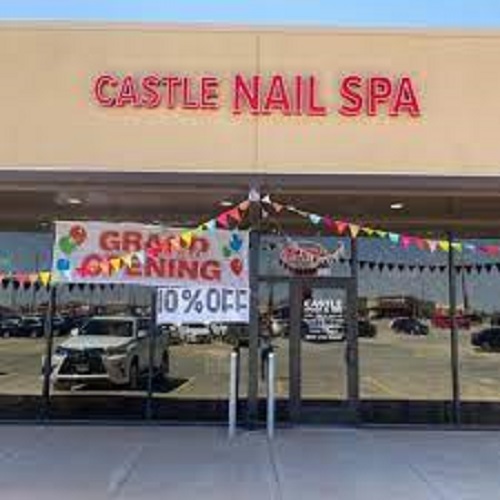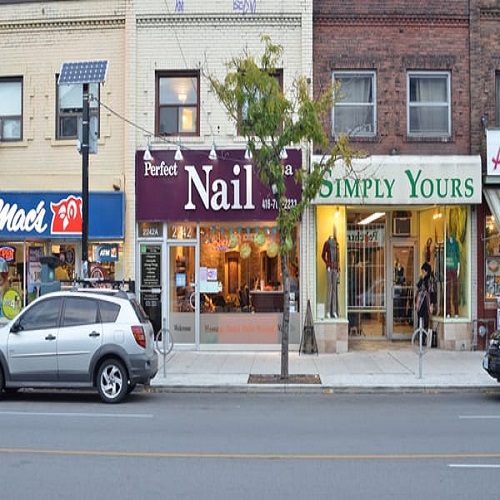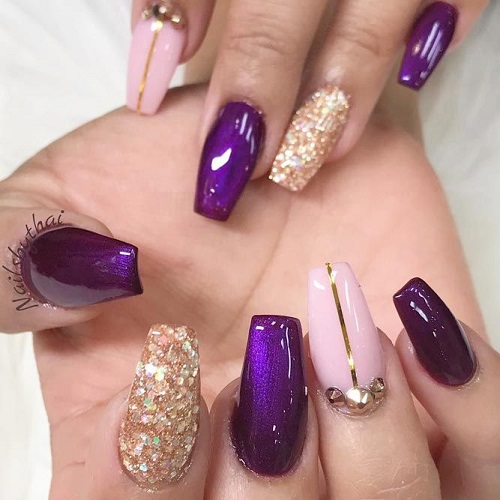Table of Contents
Acrylic nails are a fabulous way to enhance the appearance of your hands and add a touch of glamour to your overall look. However, when it’s time to switch things up or give your natural nails a breather, removing acrylic nails can feel like a daunting task. Improper removal techniques can potentially damage your natural nails, leaving them weak and brittle.
In this article, we will guide you through various safe and effective methods to remove acrylic nails. Whether you opt for an acetone soak, dental floss, or hot water, we’ve got you covered. Additionally, we’ll provide you with essential tips on how to care for your nails post-removal to prevent any further damage.
Acetone Soak Method
The acetone soak method is one of the most widely used techniques for removing acrylic nails. By immersing your nails in acetone, the acrylic dissolves, making it easier to remove. Follow these steps and gather the necessary materials:
- Acetone
- Cotton balls
- Aluminum foil
- Nail buffer
- Petroleum jelly
- Cuticle oil
To begin, gently buff the top layer of your nails using a nail buffer to eliminate the shiny surface. This will allow the acetone to penetrate the acrylic and dissolve it more effectively. Next, apply petroleum jelly to the skin surrounding your nails to protect it from drying out. Soak cotton balls in acetone and place them on your nails. Wrap each nail with aluminum foil, securing the cotton balls in place and preventing the acetone from evaporating. Leave the foil wraps on for approximately 30-40 minutes. After the designated time, remove the foil and cotton balls, and gently scrape off the softened acrylic using a cuticle pusher or an orange stick. If the acrylic doesn’t come off easily, repeat the process until it does. Lastly, apply cuticle oil to moisturize your nails and prevent dryness.
Dental Floss Method
If you prefer a non-toxic and cost-effective approach to remove your acrylic nails, give the dental floss method a try. Gather the following materials:
- Dental floss
- Cuticle pusher
- Nail file
- Nail buffer
- Cuticle oil
Begin by using a nail file to gently buff the top layer of your nails, removing the shine. This step allows the dental floss to smoothly slide beneath the acrylic. Take a piece of dental floss and carefully slide it under the acrylic nail. With a gentle back-and-forth motion, work the floss until it lifts the acrylic away from your natural nails. Once the acrylic is removed, use a cuticle pusher to eliminate any remaining residue. Lightly buff your nails with a nail buffer to ensure a smooth finish. Finally, apply cuticle oil to restore moisture to your nails.
Hot Water Method
The hot water method is a gentle approach to remove your acrylic nails without causing harm to your natural nails. Gather the necessary materials:
- A bowl of hot water
- Nail clipper
- Cuticle pusher
- Nail file
- Nail buffer
- Cuticle oil
Start by trimming your acrylic nails as short as possible using a nail clipper. Next, use a nail file to gently buff the top layer of your nails, getting rid of the shine. This step aids the penetration of the hot water, softening the acrylic. Soak your nails in a bowl of hot water for approximately 20-30 minutes. After soaking, the acrylic should be soft enough to peel off. Use a cuticle pusher to gently lift the acrylic away from your natural nails. If the acrylic doesn’t come off easily, soak your nails for a few more minutes and try again. Once the acrylic is removed, use a nail buffer to smooth your nails. Finish off by applying cuticle oil to restore moisture and prevent dryness.
Tips and Precautions
Regardless of the removal method you choose, there are a few tips and precautions to keep in mind to ensure a safe and effective process.
- Be patient: Removing acrylic nails requires time and effort. Rushing through the process may cause damage to your natural nails. So, take your time.
- Be gentle: Handle the acrylic nails delicately to prevent any harm to your natural nails. Avoid pulling or tearing the acrylic, which can result in nail injuries.
- Moisturize your nails: After removing the acrylic, apply cuticle oil to provide moisture and prevent dryness.
- Take breaks: Give your natural nails a break between applications to maintain their strength and prevent weakening.
- Seek professional assistance: If you encounter difficulties removing your acrylic nails or notice any signs of infection or damage, seek professional help. A nail technician or dermatologist can safely remove the acrylic and offer guidance on nail care.
Now that you are equipped with safe and effective methods, feel confident in your ability to remove acrylic nails without causing harm to your natural nails. Remember to take your time, be gentle, and prioritize the health and care of your nails.
